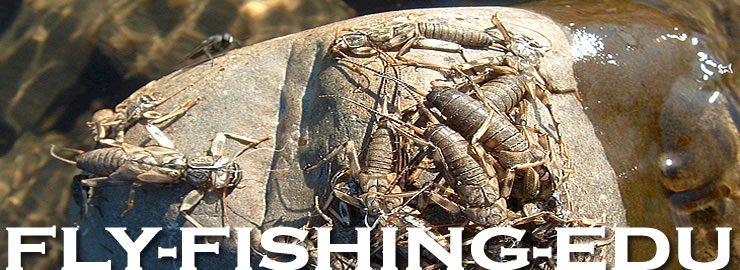|
Yakima River HaTCH CHART |
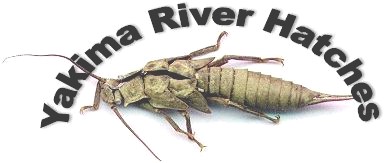 |
|
NATURAL |
EMERGENCE PERIOD |
DESCRIPTION |
|
SPECIES |
NYMPH |
ADULT |
|
|
Midges |
 |
 |
 |
|
Midges hatch the majority of the year, however are only
significant as a viable food source during particular months
of the year. Sizes 18 thru 26 includes clusters. |
|
|
|
Skawla
Stonefly |
 |
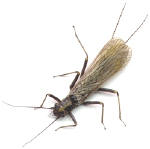 |
 |
|
This is the first major
aquatic insect hatch of the new year. The nymph migration
begins during the winter months. We start seeing the
adults around the middle of February, when water temps elevate
past 42 degrees. |
|
|
|
|
Baetis |
 |
 |
 |
|
Blue Wing Olives are the first major mayfly and the last
mayfly of the year to hatch on the Yakima. Spring Baetis
range in size 16 to 18 and our Fall Baetis are much smaller,
often 18 to size 22. |
|
|
|
|
March
Brown |
 |
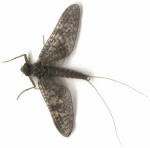 |
 |
|
March Browns are probably
the most intense hatch of mayflies the river will see all
year. Emergence begins during the latter days of March
and become consistent each day through the month of April.
An afternoon emergence. |
|
|
|
|
Caddis |
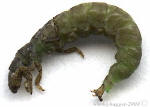 |
 |
 |
|
Caddisflies are abundant on
the Yakima and begin blooming during the warming month of
April. Hatches will intensify around Mothers Day and
last well into the latter parts of Autumn. Olive, tan, black
and brown size 14-18 |
|
|
|
|
Salmon Fly |
 |
 |
 |
|
The grand-daddy of all
stoneflies begins its importance during the month of April as
these 3" long nymphs migrate to the shores of the river.
Adults can emerge from April to June. Size 4-6 |
|
|
|
|
Green Drake |
 |
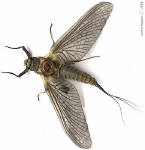 |
 |
|
The Green Drake is a spring
mayfly occurring for only a short period on the Yakima.
It is also very river section specific, emerging only in
specified areas of the river. A delightful April or May
encounter. Size 10-12 |
|
|
|
|
Golden
Stone |
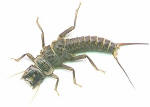 |
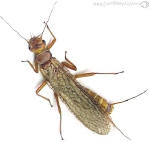 |
 |
|
Golden Stoneflies typically
begin showing up during the first few days of summer.
Their emergence is quite peculiar, as they emerge right from
the water, neglecting to migrate like other stoneflies.
Very exciting dry fly fishing. |
|
|
|
|
Pale
Morning Dun |
 |
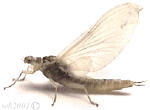 |
 |
|
The Yakima Rivers summer
mayfly, the PMD will begin its seasonal debut during the
latter portions of May. This uniquely colored mayfly
will emerge throughout the summer months. Size 16 dead on. |
|
|
|
|
Grasshoppers |
 |
 |
|
Terrestrial activity is very
important, especially during the dog days of summer. The
high, bushy banks of the Yakima is home to a variety of
hoppers. They will vary in color and size dependant on
stream vegetation. |
|
|
|
|
Ants |
 |
 |
|
Ants in both red and black
are a highly viable resource for the Yakima trout. The
little insect is highly vulnerable during the spring and
summer months, especially during periods of high winds.
Size 16-18. A key component. |
|
|
|
|
Beetles |
 |
 |
|
Beetles also thrive along
the river banks of the Yakima in a variety of sizes and
colors. Typically black in color, these terrestrial
insects are also a key ingredient during the months of summer.
Sizes vary-10-16 |
|
|
|
|
Yellow
Sallie |
 |
 |
 |
|
This small stonefly is a
high summer emergent that occurs during the heat of the day.
The upper portions and farmlands area of the Yakima
experiences much greater hatches then the lower canyon area.
Size 16-18 |
|
|
|
|
Cranefly |
 |
 |
 |
|
The Cranefly in late August
thru September supplies resident Yakima fish a potent food
source while providing early autumn fly fishers with some of
the funniest dry fly fishing of the year. The Cranefly
grub is a constant year-round food source throughout the
river for resident fish. |
|
|
|
|
Shortwing Stonefly |
 |
 |
 |
|
They Yakima rivers most
prolific stonefly, hands down. Thousands of nymphs begin
migrating as early as July. Adults will appear during
August and intensify in September. Males do not fly.
Skate, twitch, twitch. Size 4-6 |
|
|
|
|
October Caddis |
 |
 |
 |
|
The rivers big Fall Caddis
emergent. The October Caddis begins pupation in late
August and adults will appear as early as the first week of
September. An important Fall aquatic event for Yakima
rainbows. Size 6-8 |
|
|
|
|
Mahogany Dun |
|
 |
 |
|
Another important Fall
Mayfly. Mahogany Duns will appear in the latter portions
of the afternoon, generally mixed among a hatch of Autumn
Baetis. Watch carefully for which insect the trout are
selecting. |
|
|
|
|
Light Cahill |
|
 |
 |
|
The Light Cahill is another
important Mayfly that will hatch on the Yakima during the Fall
months of September and October. Very similar to our
summer PMD Mayfly, but with a distinct brighter color and
generally a size 18. |
|
|
|
|
Sculpin |
 |
 |
|
The Yakima is host to a
variety of baitfish species. The Sculpin is undoubtedly
the most common. Trout of all sizes, feed in
discriminatively on these species. A favorite forage all
year. |
|
|
|
|
Crayfish |
 |
 |
|
Crayfish are abundant and
thrive throughout the Yakima River. Crayfish vary in
size and color and are highly vulnerable during molting
periods. During these times, trout prey on this soft
shelled crustacean. |
|
|
|
|
Stickleback |
 |
 |
|
Stickleback are another
common baitfish in the Yakima. They thrive along the
weeds and shorelines of the river where adequate cover exists.
A full grown adult is about 2 inches in length. |
|
|
|
|
Alevin |
 |
 |
|
Chinook and Coho Salmon
Alevin are a major resource for resident trout in the early
spring months. Fall runs of salmon are abundant in areas
of the Yakima, so these patterns fish appropriately are
productive. |
|
|
|
|
Salmon
Fry |
 |
 |
|
Fry are also a commodity
to larger rainbows that will feed on these immature
salmon. They reside in the system a full year before
smolting. Smolts then move down river to the Pacific to
begin their adult life cycle. |
|
|
|
|
Whitefish Eggs |
 |
 |
|
Rocky Mountain Whitefish
make up a percentage of game fish in the Yakima. From November
to February, these native fish build redds and spawn in most
areas of the river. |
|
 |

